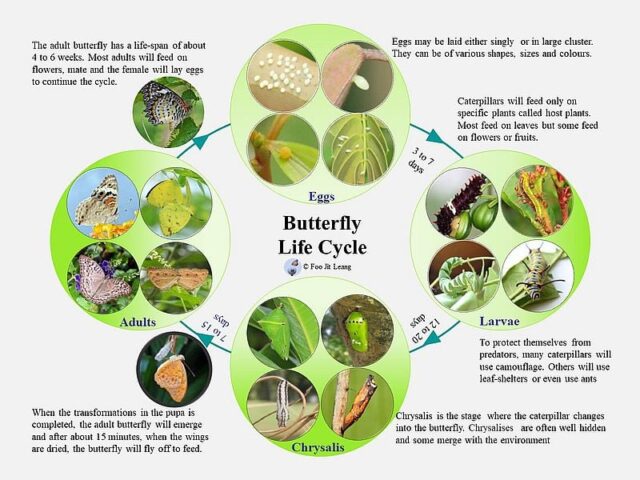I started to know about caterpillars about one year ago. I saw the caterpillars nearby my house, I took photos of them. One day, I saw the pupa hanging on the branch. I waited there to see the progress, but nothing happened. The next day, I saw the empty pupa case.
Curious about it, I try to find out about caterpillar, and that’s the moment I contacted Mr Foo, as when I google about it, I found him through Facebook page Nature @ Seletar Country Club
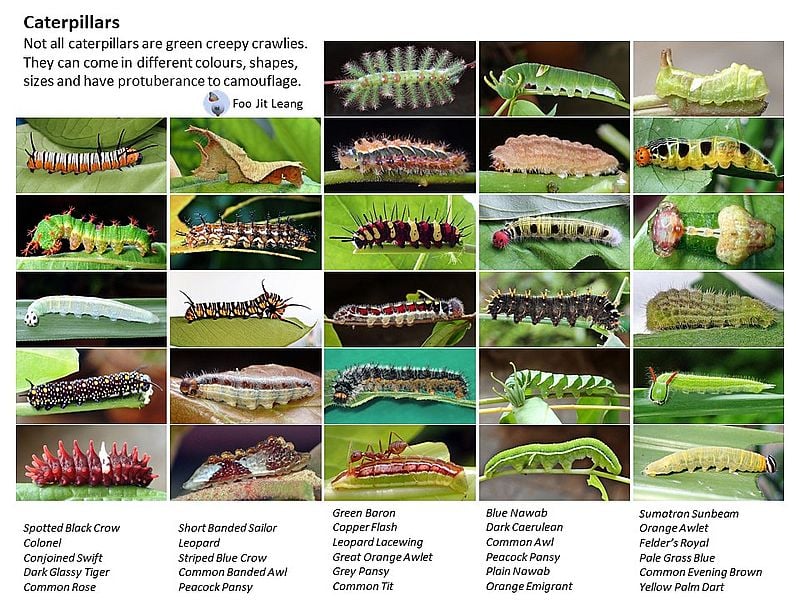
Here is our nature talk with Mr Foo.
Mr Foo, when did you start to conserve butterflies and what made you interested in it?
Having been brought up in a kampong, I have been interested in Nature, especially birds, since young.
I knew nothing about butterflies then, as I would like to increase the number of biodiversities, I chose butterflies because they were pretty and visible.
The butterfly is also a health indicator of the ecosystem, is a key indicator in the Cities Biodiversity Index (also known as Singapore Index) to benchmark biodiversity conservation in an urban setting.
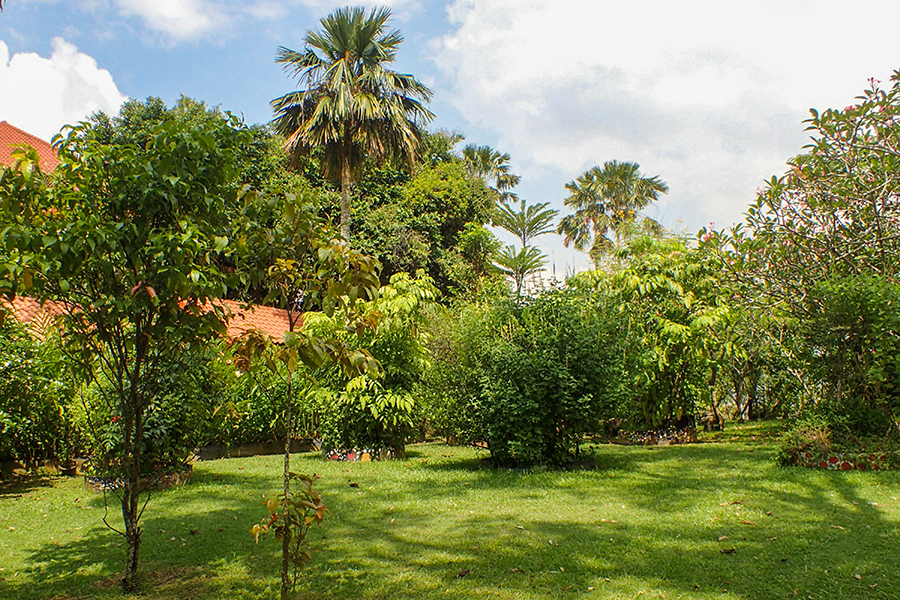
How has the butterfly garden existed in the Seletar Golf course?
In late 2012, after I reported the sighting of otters in our Club waterways, the Chairman asked me to help increase the biodiversity in the Club as I had been actively recording the birdlife there. The best way to do that was to increase the insect population and I chose butterflies as they are pretty, visible and can be attracted with proper planting. In 2013 I selected a lawn and in 2013, we started planting our Habitat.
I got the information from available books and the internet and also amongst the nature community in Singapore. I set out to plant butterfly-attracting host and nectar plants.
Our efforts were also recognized by Nparks when the Butterfly Garden was awarded the Gold Community in Bloom Award in 2014.
In November 2015, the garden celebrated its latest achievement of officially spotting its 100th species of butterflies.
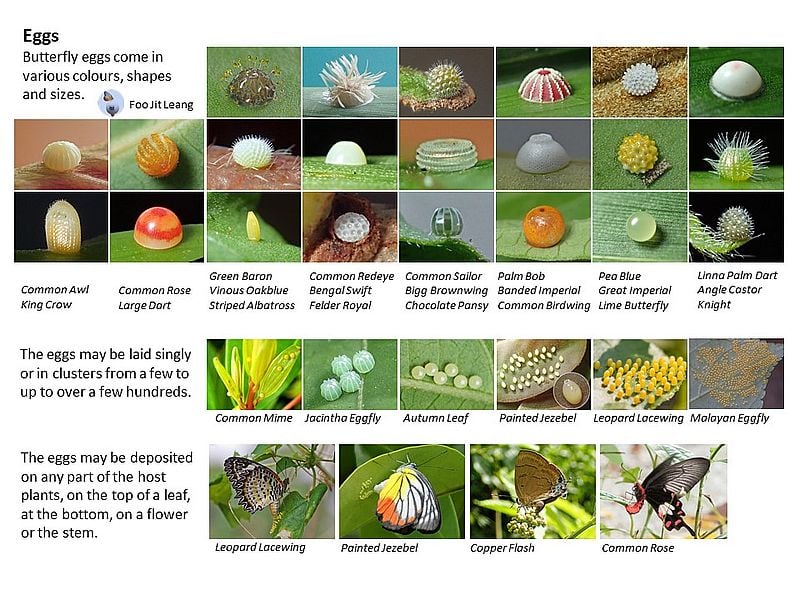
Any input for us to help to maintain the butterfly population in Singapore, especially the rare butterfly?
I am more into butterfly conservation by planting for them and maintain a safe and proper habitat for them and letting them live and develop naturally.
To start a butterfly oasis, first, you must know about the plants that they depend on. Then you need to know what are the butterflies that are already in the hood and what are the possible new species that you can attract.
Grow the plants for them and reduce landscaping activities.
Raising caterpillars do not help in increasing the rare butterfly population. I have seen hobbyists, under the pretax of conservation, collect rare species and then harvesting the plants to raise the caterpillars. They can do more harm than good, especially when the host plants and already vulnerable, like the mistletoe or when the caterpillars feed on flowers.
Rare species are mainly forested species and habitat dependent. No point planting their host in an urban hood.
What do we need to know if we want to raise butterflies?
Raising caterpillar/butterfly is just a means to start off interest in butterflies.
It’s a good way to let children see the butterfly metamorphosis process, from egg to become caterpillar then pupa and emerge to become a butterfly.
It can help to let them love nature and explore nature thru the interest of butterflies.
It needs patience and knowledge to handle the process in the correct way, learn about its host plant, and how to set up a place.
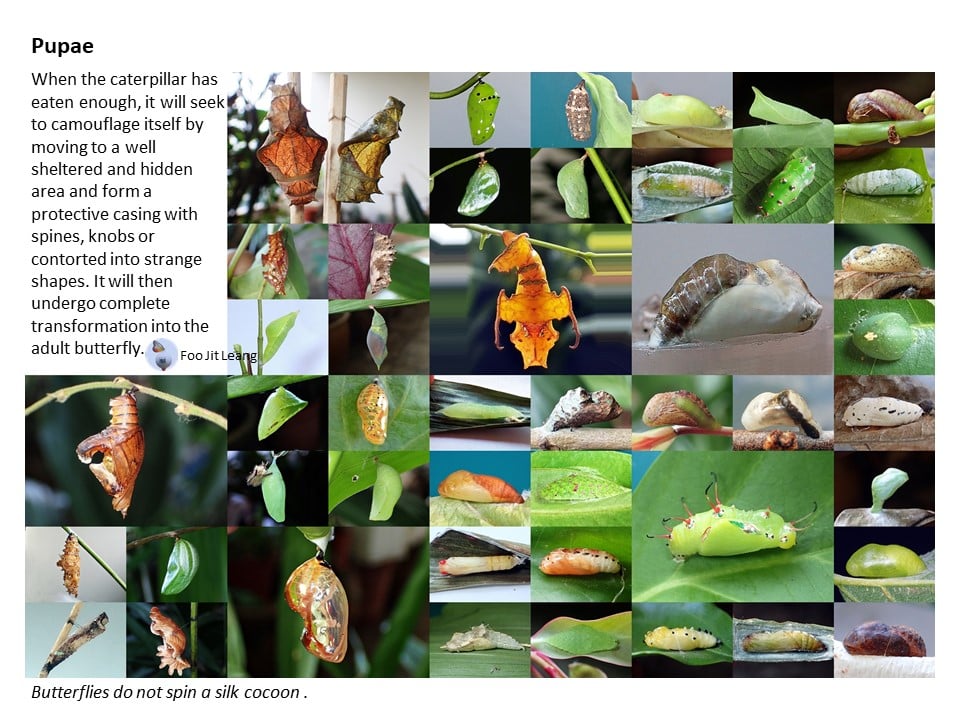
Here are some videos that I recorded and got guidance from him, as I really want to document the process.
Common Awl Caterpillar constructs leaf shelters by joining leaf blades with silk threads.
Autumn Leaf Butterfly from Pupa to Butterfly
Ciliate Blue Caterpillars relationship with Weaver Ants
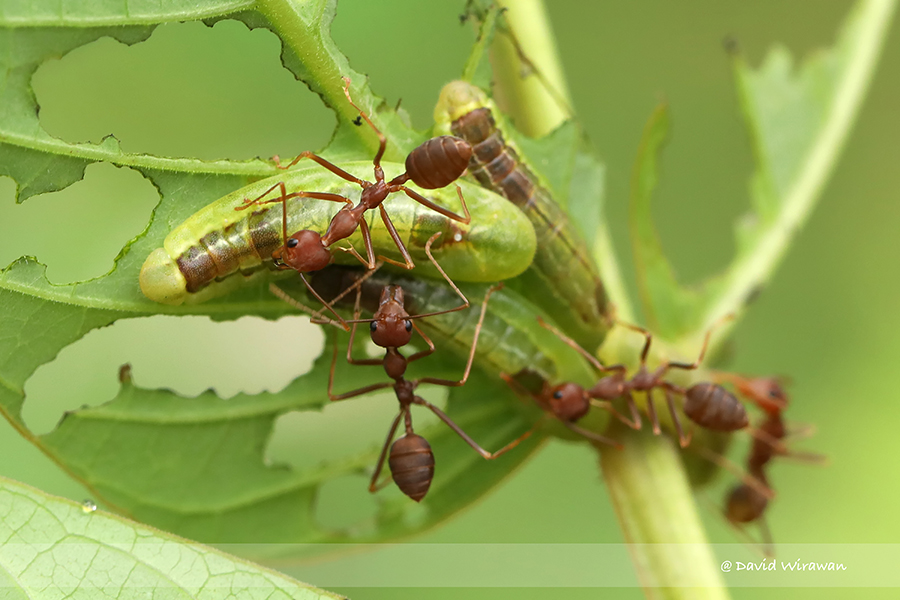
On 1 occasion, I met Mr Foo at Butterfly garden, and he told me about the relation between caterpillars and weaver ants. Initially thought the ants were attacking the caterpillar, then Mr Foo told me, it’s the relationship between them.
The symbiotic relationship between ants are caterpillars had been well recorded. That was the Ciliate Blue caterpillars. Many caterpillars also have this relationship and with other species of ants.
I really learnt a lot about butterflies and other insects from him, how to spot their egg and the butterfly process. I personally really admire his knowledge, and he really keen to share his knowledge. He is my ‘Guru’ in this butterfly world.
Thank you, Mr Foo
Please check this FB group Nature @ Seletar Country Club if you interest to learn more about butterflies.











